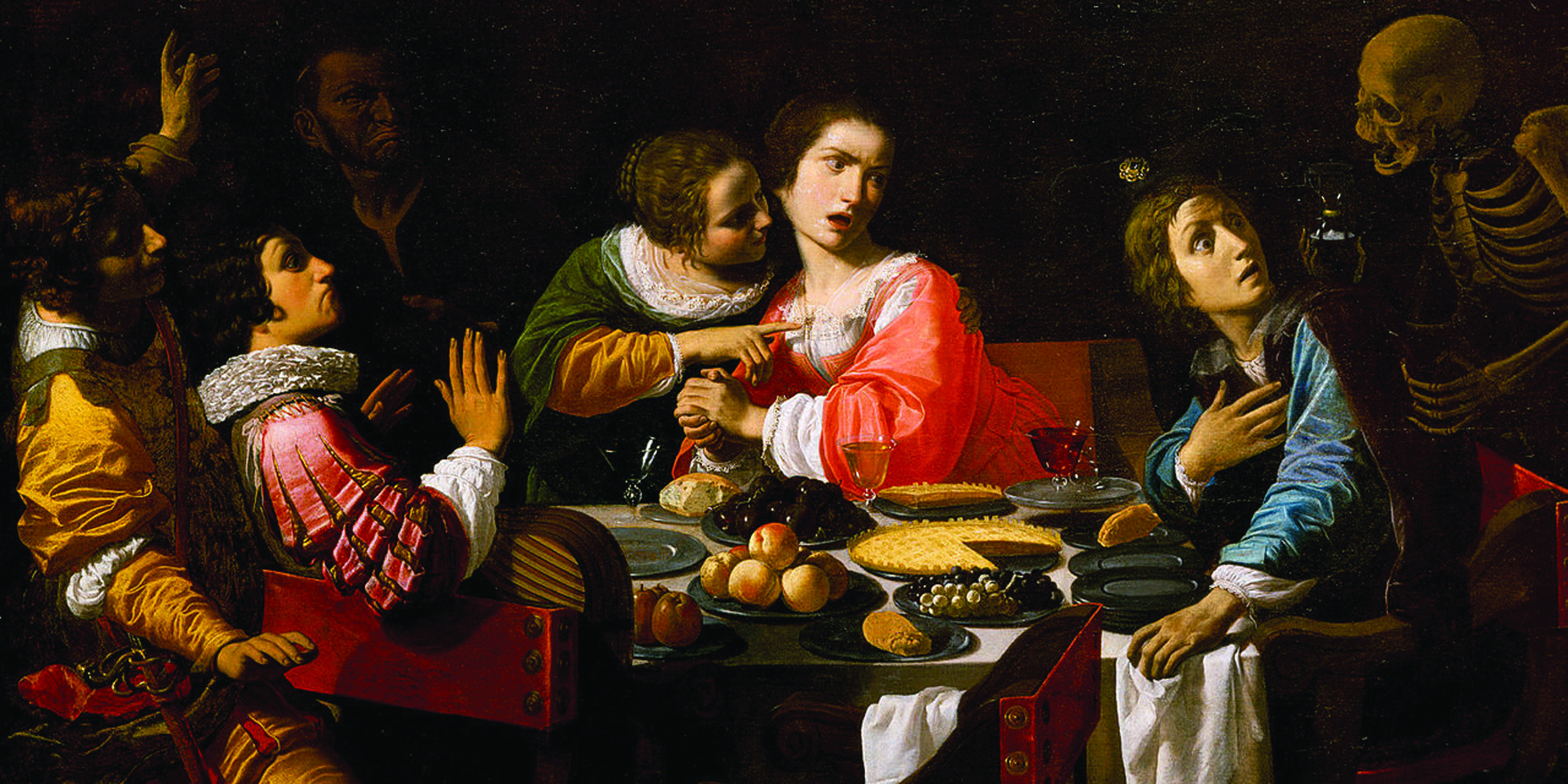As GPs, we sometimes need to reflect on the social, psychological and environmental contexts in which diseases or injuries occurs
As GPs we often bear witness to various tragedies occurring within families.
When individual patients fall ill with a life-threatening illness we may ask ourselves why them and why now?
In some instances, the response is biomedically understandable. A patient who has been a smoker for 40 years may develop lung cancer or ischaemic heart disease. Both doctor and patient understand the risk that smoking poses, so it may not come as a shock when serious illness ensues.
It more complicated and maybe less comprehensible when an individual who has never smoked develops lung cancer. This may seem unfair and unjust.
A patient who has led a healthy existence does not expect to be smitten with an illness which has known risk factors, none of which that person possesses.
Of course, as doctors and scientists we know that we can only apportion a certain amount of risk to known external factors, such as smoking. Lung cancer and ischaemic heart disease occurs in people without known risk factors.
Our understanding of genomics helps to some extent to explain risk when a known oncogene is detected. “Known unknowns”, however, may always remain.
The situation becomes even more incomprehensible when illness or tragedy befalls several members of one family almost simultaneously. The question then is not why them, but why them and why now?
Human beings seek explanations for events when, very often, none is apparent.
Those with strong religious or spiritual beliefs may find explanations which have meaning to them.
John and Sandra were aged in their early 70s and had been happily married for over 40 years. They were retired and made frequent use of their beach house around 150km from Melbourne.
John was grossly overweight and suffered from metabolic syndrome, as well as sleep apnoea. On one of their trips to the beach house John dozed at the wheel, ran off the road and crashed into a tree. Sandra died instantly, John was trapped and when rescued was found to have suffered a fractured pelvis, broken ribs and a haemothorax.
He was air lifted to a major city hospital and spent the next eight weeks in hospital and rehabilitation.
A week after this accident, John’s 42-year-old son, Trevor, developed chest pain and was rushed to hospital where he was found to have three severely occluded coronary arteries requiring stents. The procedure was complicated and eventually required bypass grafting.
While Trevor’s wife Jane was busy rushing between two city hospitals, their 18-year-old daughter, Amy, split up with her boyfriend and took an overdose of her mother’s diazepam.
Jane was left to deal with three crises at a time when she herself was suffering anxiety and panic attacks.
As these crises settled, the recriminations began. John was blamed by his family for the accident. Police and coronial findings indicated that there was no mechanical problem with the car and the accident was caused by human factors. In this case, it was most likely sleep apnoea.
Trevor was aware that his mother had complained about John’s snoring and afternoon naps. He refused to visit his father in rehabilitation. Jane and Amy were somewhat more conciliatory.
As the GP looking after three generations in one family, most recently and notably, Trevor, Jane and Amy, my role was to provide support and guidance, but at the same time I was left to ponder. Why did this happen to this family? Why now?
This is not the only time I have been puzzled by cross-generational family tragedy. How should one look at these events and derive meaning from them? Is it just serendipity?
If the tragic car accident had not happened would Trevor still have presented with chest pain resulting from coronary occlusion requiring surgical intervention, and if so, when?
Did the stress of his mother’s death and blaming his father for the accident precipitate a coronary event?
What about Amy’s overdose? Was this simply related to the broken relationship with her boyfriend or was she struggling to cope with the death of her grandmother, with whom she had a close relationship and her father’s life-threatening heart condition and the confusing and disruptive family dynamics?
Amy was certainly crying for help. She was saying “What about me?” when the focus was on other family members.
As doctors, our training adequately equips us to make disease diagnoses. As GPs we need to go deeper and not only diagnose the illness and the disease in the individual, but also reflect on the social, psychological and environmental contexts in which diseases or injuries occur.
Restoring John and Trevor to physical wellbeing will not repair the wounds and the rifts in the family relationship. A psycho-social approach with the help of a skilled family therapist may be necessary.
The starting point, however, may require the GP and health practitioners to reflect on the question: Why them and why now?
Dr Leon Piterman is Professor of General Practice at Monash University and has been in clinical practice for almost 40 years
Do you have any similar professional experiences you would like to share? Please email: grant@medicalrepublic.com.au


